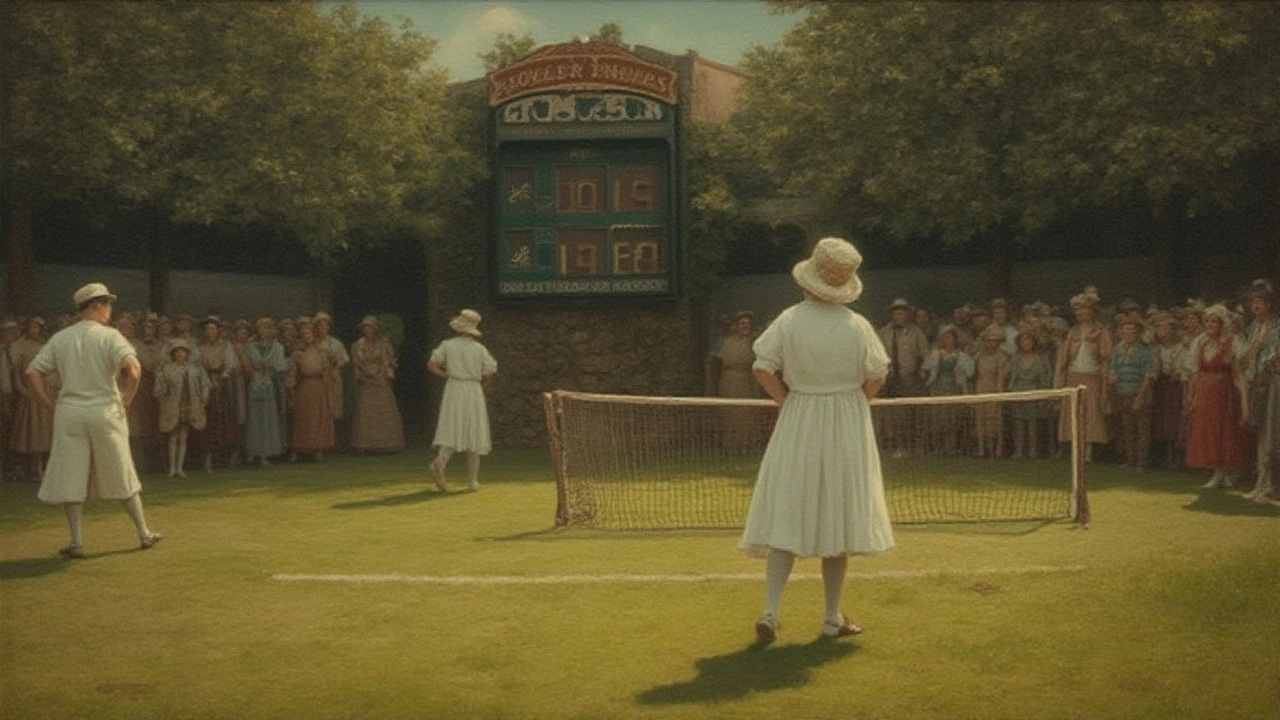Tennis Terminology
Ever watched a match and heard words like "love," "deuce," or "ace" and wondered what they really mean? When you dive into tennis terminology, the specific words and phrases that describe play, scoring, and rules in the sport of tennis. Also known as tennis lingo, it lets players, officials, and fans communicate quickly. Key examples include Ace, a serve that lands untouched and wins the point, Deuce, a score of 40‑40 that requires a player to win two straight points, Love, a zero score, derived from the French “l’oeuf” (the egg), and Tie‑break, a shortened game used to decide a set when the score reaches 6‑6. Understanding these pieces lets you follow a match without getting lost.
Mastering tennis terminology does more than boost your commentary skills; it unlocks the logic of the scoring system. The sport’s point structure—0, 15, 30, 40, then game—creates a unique vocabulary that intertwines with the rules. In fact, tennis terminology encompasses terms like Ace, Deuce, Love, and Tie‑break, and each of those terms ties directly to a scoring rule. Knowing that a Deuce forces a player to win two consecutive points (advantage and game) clarifies why matches can swing dramatically in a single rally. Understanding tennis terminology requires knowledge of scoring rules, and those rules influence match strategies, coaching decisions, and even umpire calls.
Why the Lingo Matters for Players, Coaches, and Referees
Coaches build drills around specific terms. A "service drill" focuses on producing more Aces, while a "baseline rally" often ends in Deuce battles that test endurance and mental toughness. Referees, too, rely on precise language: they announce "Game, set, match" in a formal way, signal a "let" when a serve touches the net, and call a "fault" on an illegal serve. When officials use the correct terminology, the game flows smoothly and disputes fade faster. The connection is clear: accurate use of tennis terminology supports fair play, improves player development, and helps spectators follow the action.
Fans who absorb the lingo get a richer viewing experience. When a commentator shouts "Break point!" you instantly know a player is one point away from winning the opponent’s service game. The term "break" itself reflects a shift in momentum, and recognizing it adds excitement. Misunderstandings happen, though—many people think "love" means affection, not zero. Clarifying that "love" comes from the French word for "egg" (shape of a zero) removes that confusion and makes the scoring narrative clearer. These small insights turn a casual viewer into an engaged follower who can discuss matches intelligently.
Our collection below pulls together articles that touch on these concepts from different angles. Whether you’re hunting for a quick refresher on the meaning of a Tie‑break, looking for how scoring terms affect training plans, or curious about how broadcasters weave tennis lingo into live streams, you’ll find practical guidance. The range of posts shows how tennis terminology interacts with equipment choices, fitness routines, and even the way you watch the sport on TV. Dive in and see how each term fits into the larger picture of tennis performance and enjoyment.
Why 0 is Called Love in Tennis: Surprising Origin and Meaning
Ever wondered why zero in tennis is called 'love'? Discover the quirky history, theories, and facts behind this famous term in tennis scoring.





